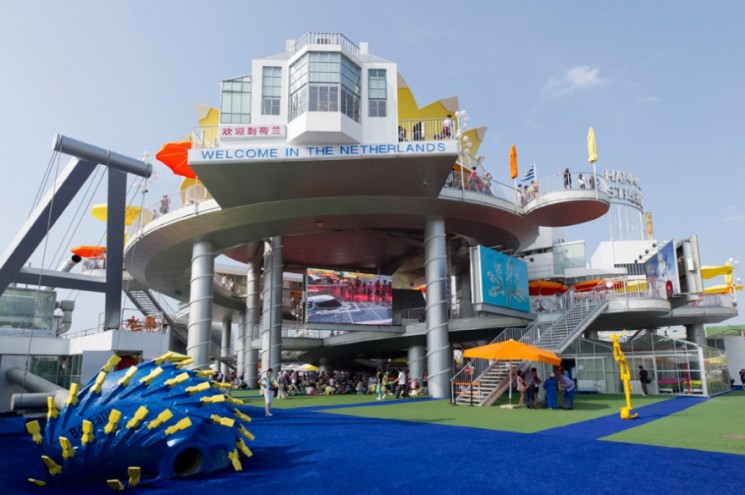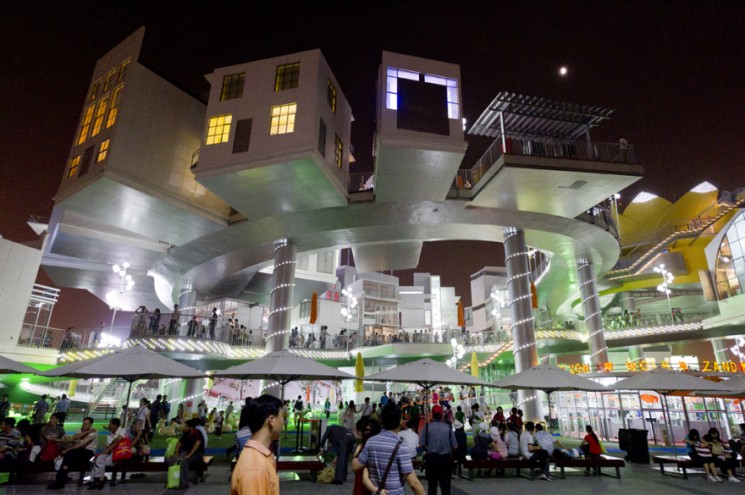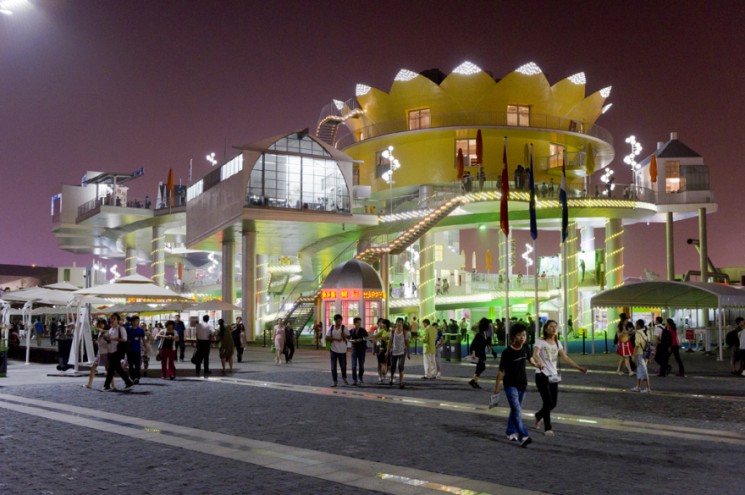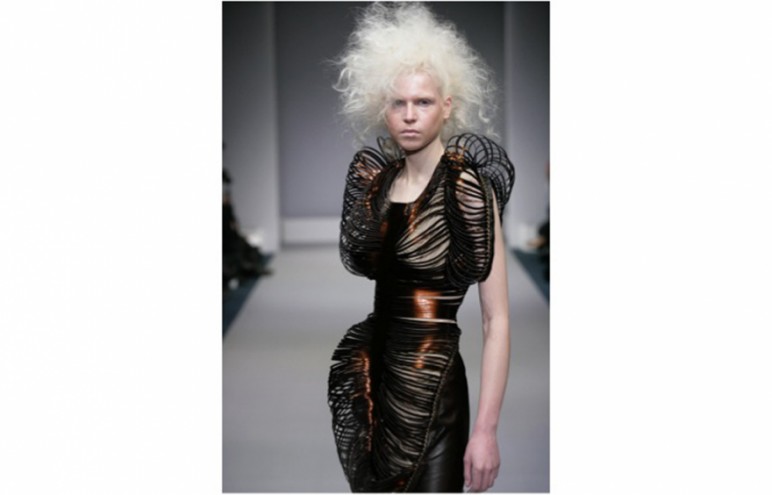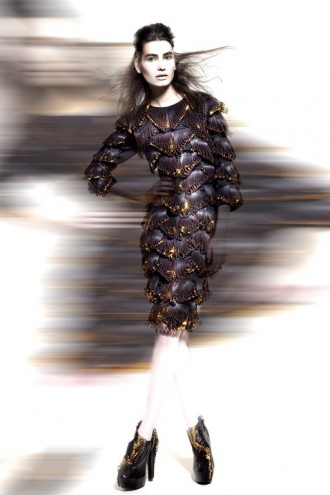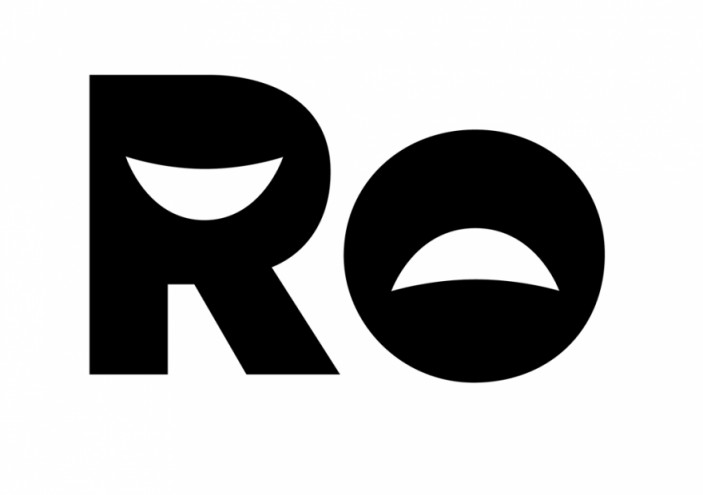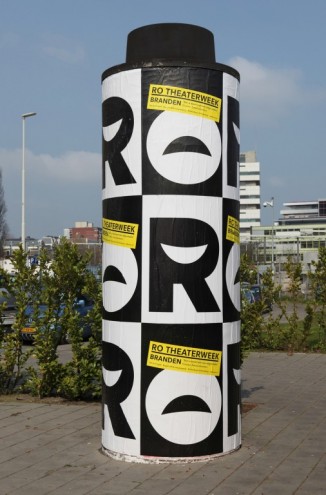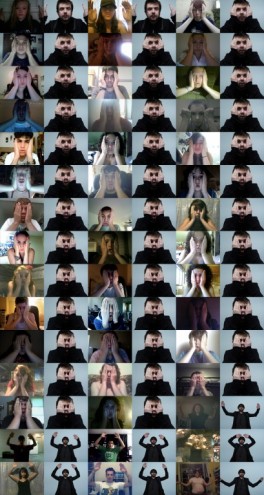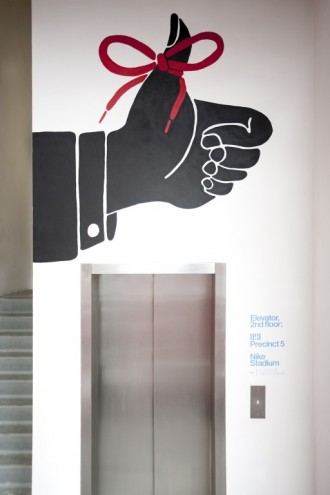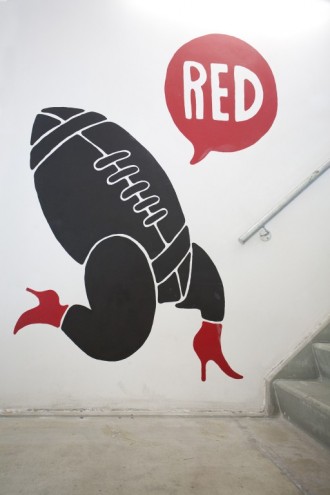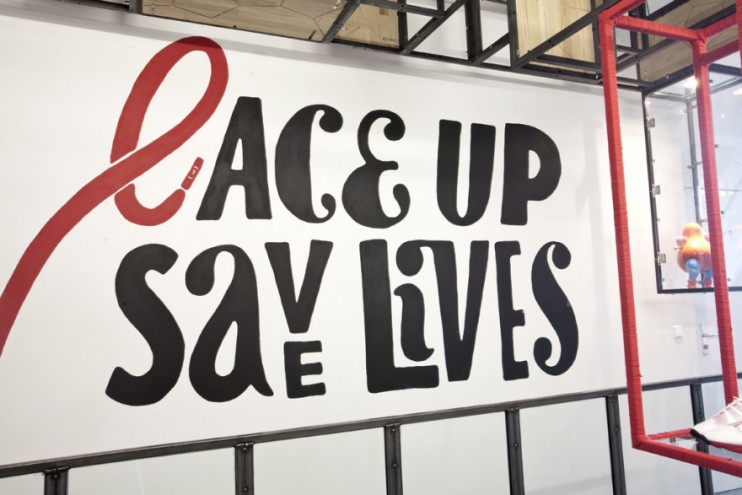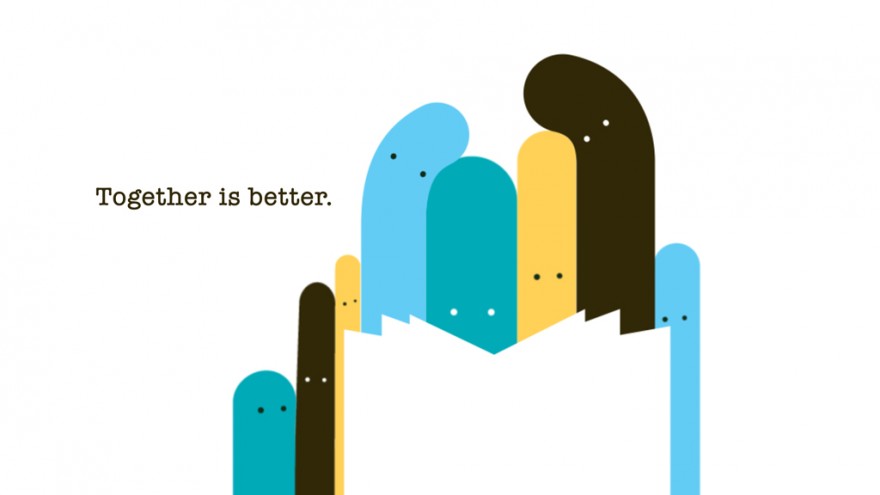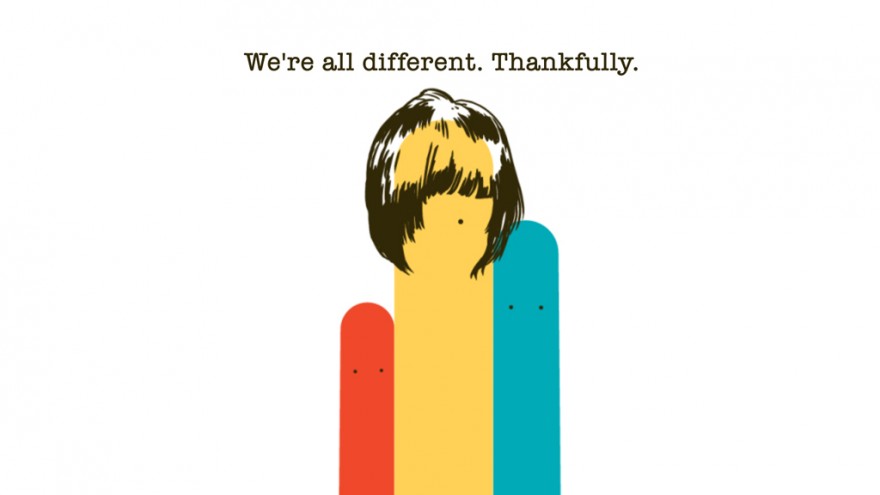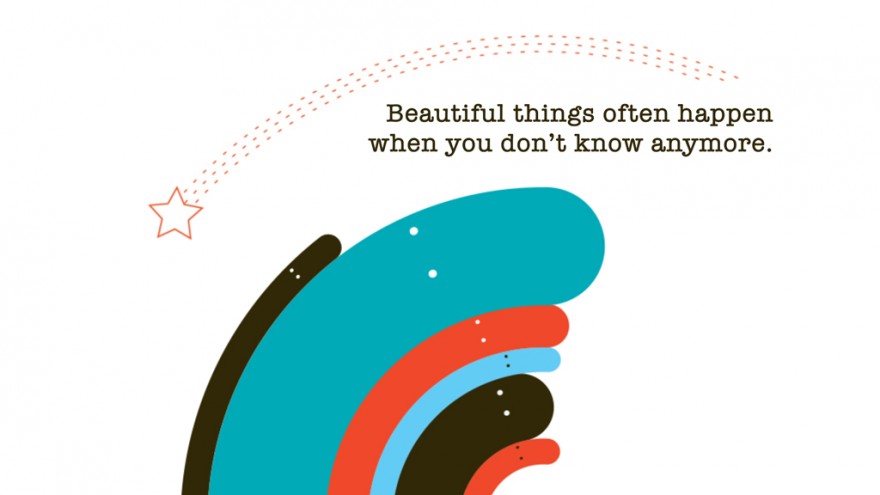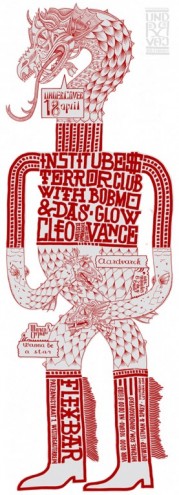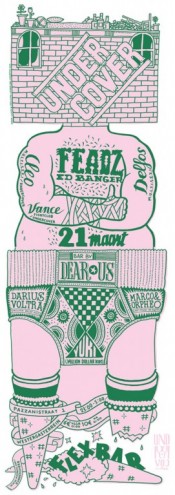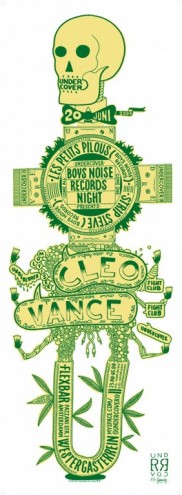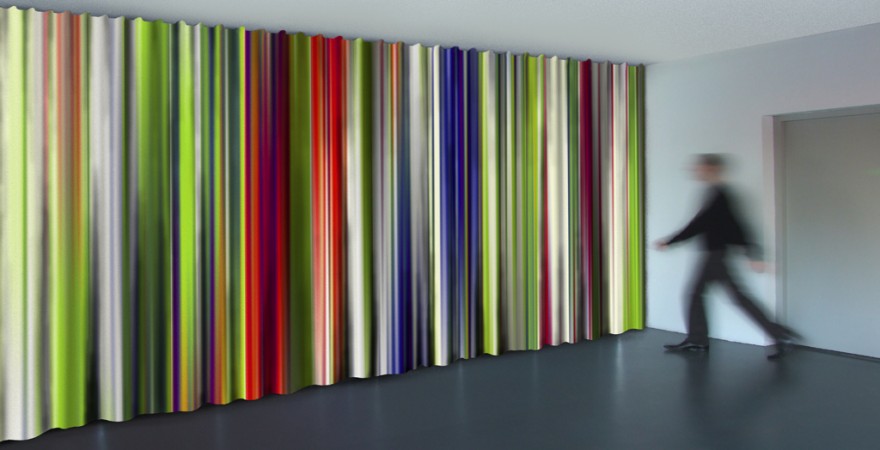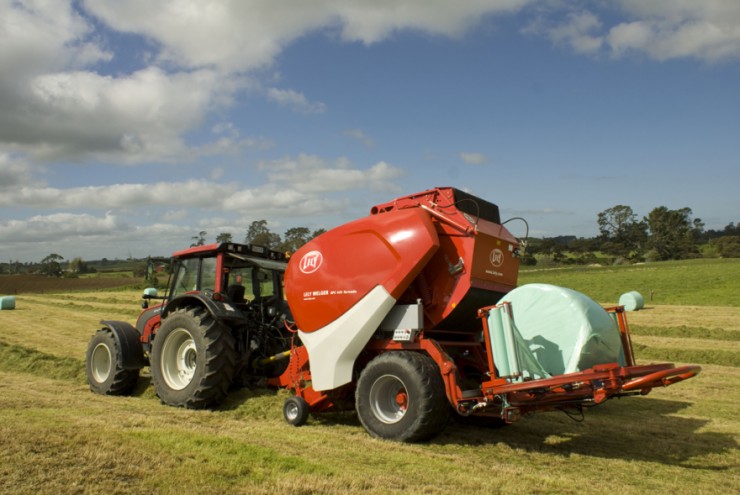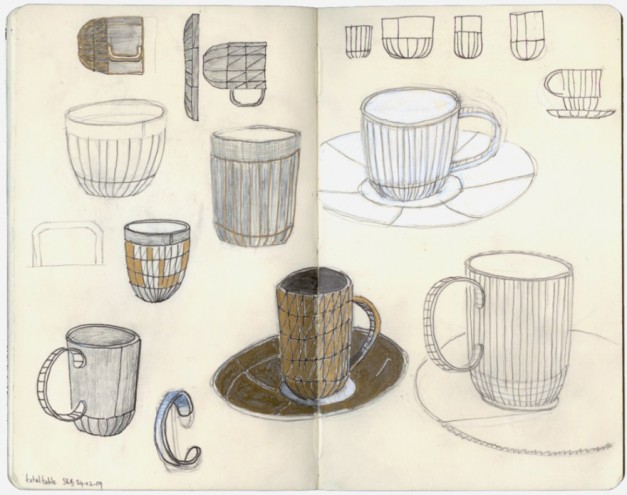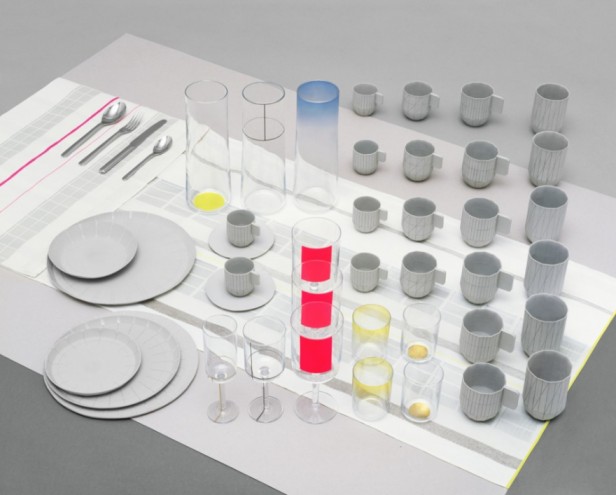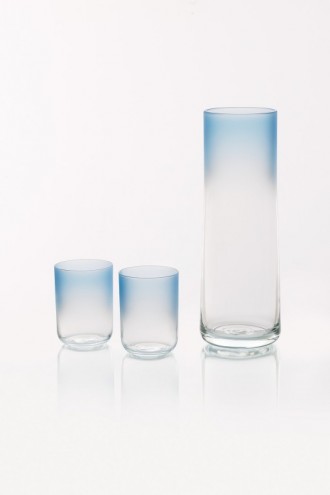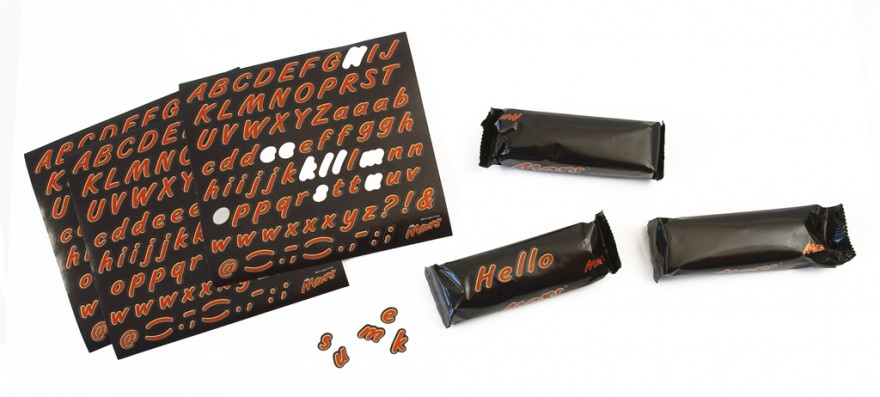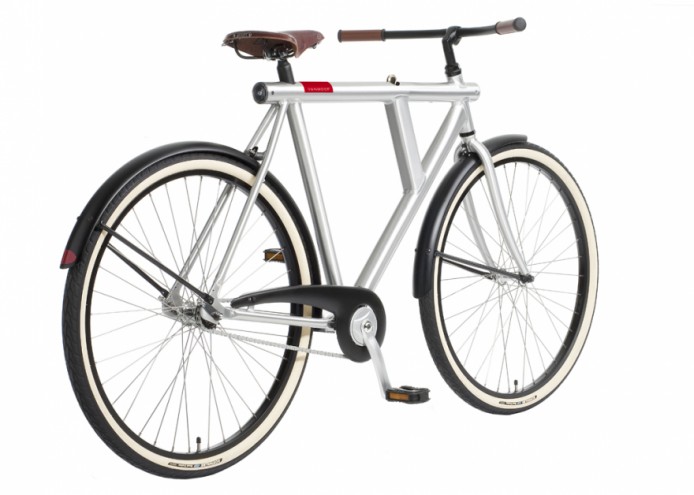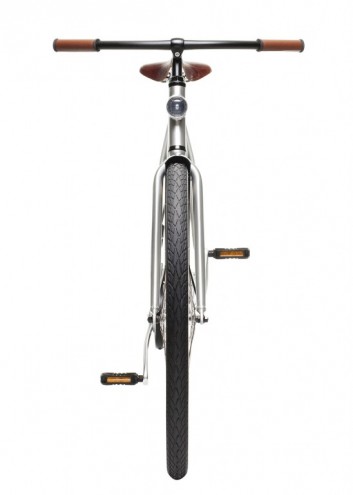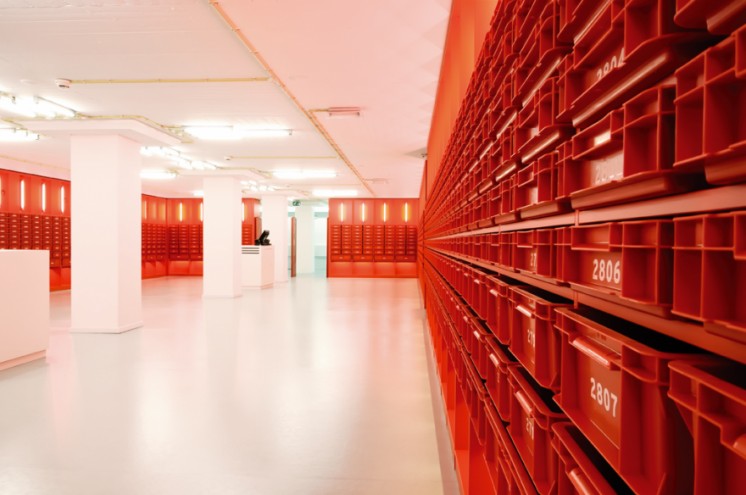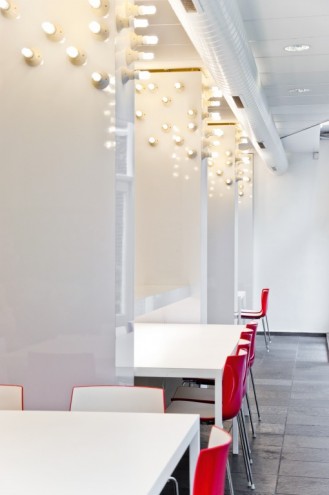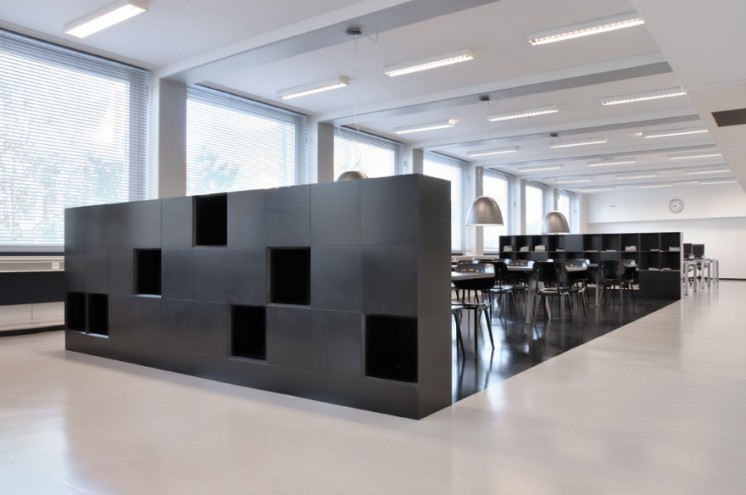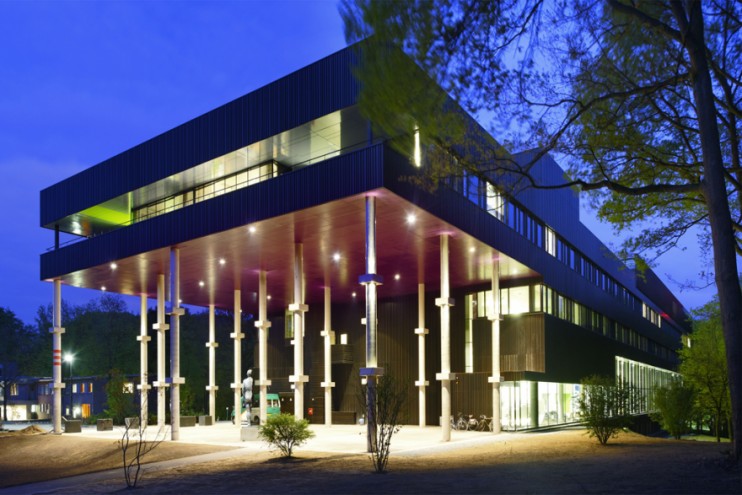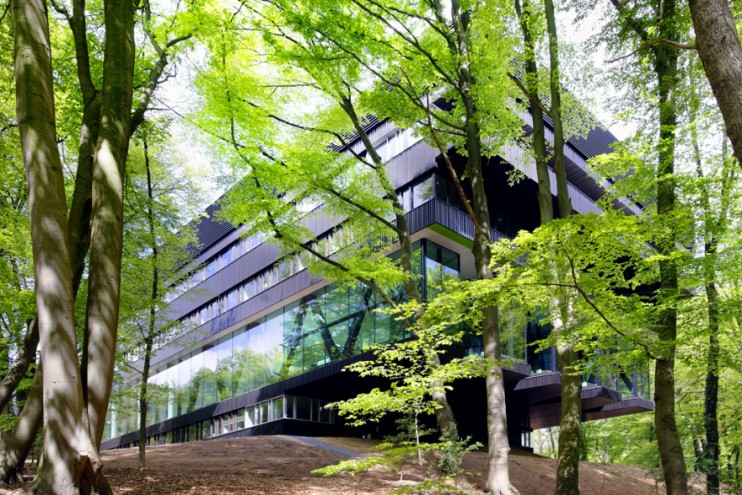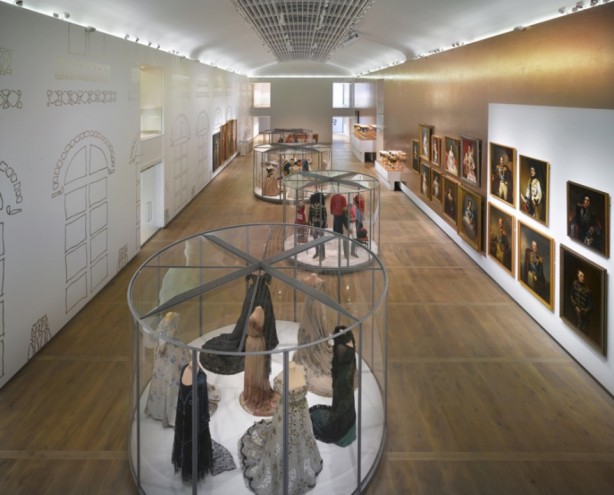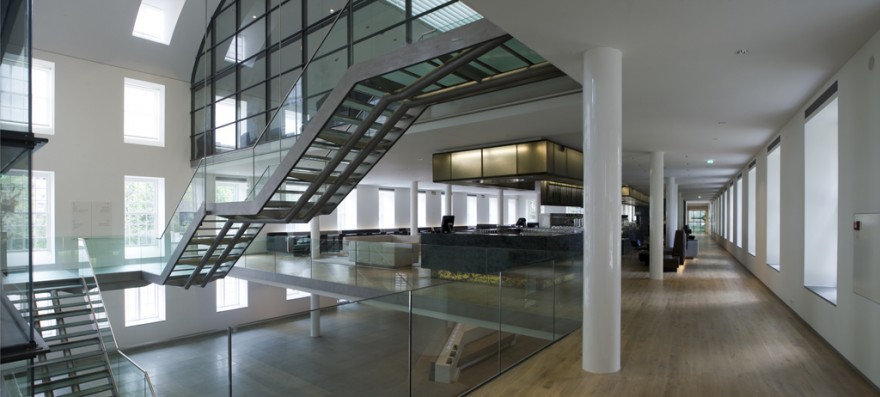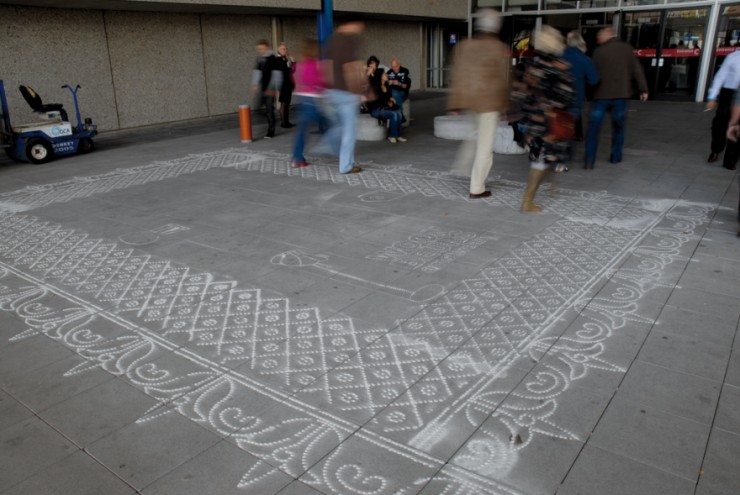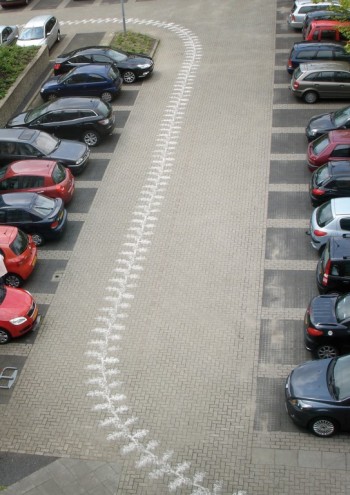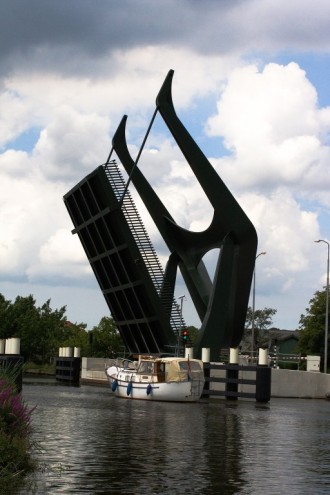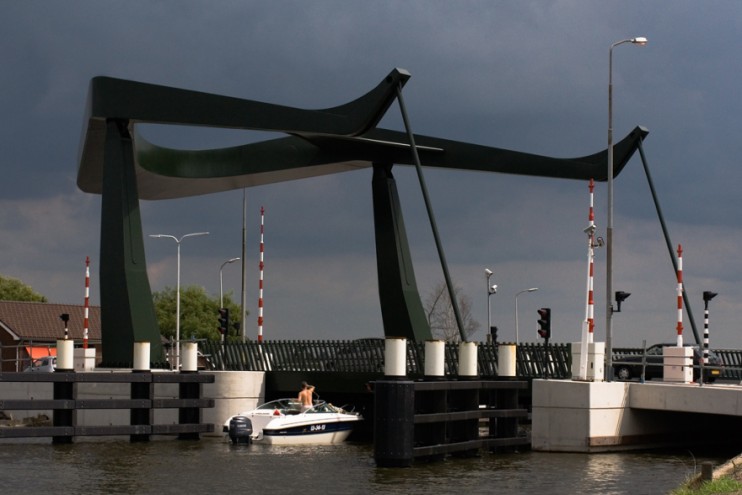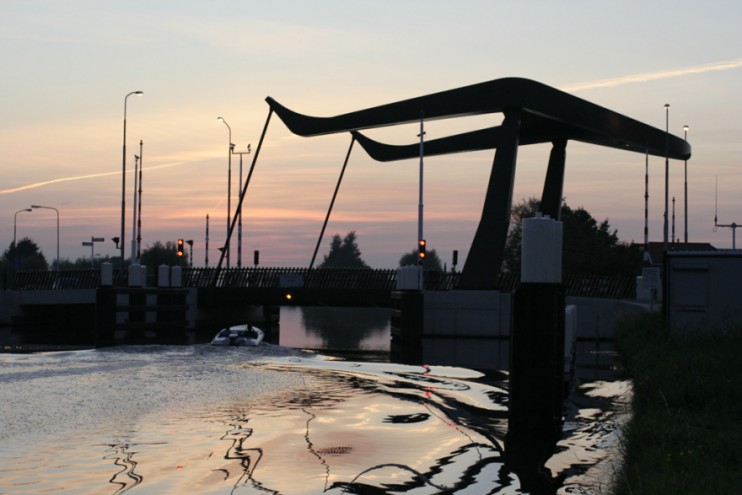The annual Dutch Design Awards is a prestigious event on the creative calendar, and not just in the Netherlands. Design Indaba was there to share in this important event on the creative calendar.
Covering the communication, product and spatial design categories, and everything in between, both the winners and the finalists usually go on to further set the pace in the world of design. The theme of the evening “The Hand of the Master” says it all.
The much coveted, best of the best, Golden Eye Award for the evening went to John Körmeling for Happy Street. Happy Street, which was also awarded Best Public Exterior in the Spatial Category, was the Dutch Pavilion at the World Expo in Shanghai earlier this year. The pavilion was a typically Dutch statement during turbulent times.
No less significant, Iris van Herpen was awarded the Rado Young Designer Award and was applauded for demonstrating exceptional skills and innovation in her approach to applying technology to fashion.
Winners in the Communication Category
Drawing on the traditional links between the theatre and design, the Visual Identity Award went to Rotterdam design bureau 75b for their design of the RO Theater’s identity.
Crowdsourcing is all the rage, and utilising this social phenomenon to create the C-Mon & Kypski: More is Less video clip on www.oneframeoffame.com, earned Jonathan Puckey and Roel Wouters the Dutch Design Award in the Digital Media category.
Illustration is sometimes seen as the step-cousin of design but Piet Parra’s Nike Illustration brought this medium back to its rightful place. Parra’s illustration in ballpoint pen on ordinary paper, earned him the coveted award in the category Best Illustration. Parra is definitely a designer to keep an eye on.
The judges noted that it was a bit unusual that the animation made to promote a Children’s Stamp campaign was more awarded than the actual campaign. But Christian Borstlap, Paul Postma and Jasper Boeke are surely not complaining about their Dutch Design Award in the category Best Motion Design. In the animation, the extremely simple line figures designed by Borstlap for the Children’s Stamps are brought to life in a very catchy way.
Undercover Parties are minimal house parties for which Letman & Sprey designed a series of posters. Typified by a strong autonomous character, the designers used special lettering related to calligraphy which earned them the award for Best Graphic Design.
Winners in the Product Design Category
Product design is probably the grand dame of design and it’s always special when designers come up with something truly unique in this genre. The Dutch Design Award for the Best Product Living went to Jeroen Vinken for the Mazzo Curtaining. Drawing on the basic principles of fabric design, the Mazzo Curtain’s pattern designs can be transformed in a way that creates diversity and variety, much like a bouquet of flowers.
The Best Industrial Product winner was the Lely design team in collaboration with Flex the innovation lab for the Lely Welger RP 254. The Tornado is an agricultural baler/wrapper which reduces the amount of dust that is generated when the silage is pressed.
Husband and wife design team Scholten and Baijings walked away with the Best Product Design in the autonomous category for their Paper Tables. Using the table as central object, the duo explored notions of autonomous design, technology, traditional techniques, concept art and craft.
The Best Packaging winner was FHV BBDO for Mars Messages. The concept takes a traditional Mars chocolate bar but leaves the wrapping as a “virginal” black canvas. The consumer is then issued with a set of sticker letters in red Mars typography to create their own messages.
The Vanmoof No 5 Citybike by Van Moof was awarded the Best Consumer Product for its efficient integration and iconic design.
Winners in the Spatial Category
The interior design of the University of Amsterdam Library secured the Best Private Interior award for Studio Roelok Mulder and Bureay Ira Koers. By creating “anger-proof” spaces the studio created a sense of semi-permanence in the library.
An un-clinical and un-medical rehabilitation centre at Groot Klimmendaal was the Architectenbureau Koen van Velsen’s winning entry for the Best Commercial Interior.
“Bourgeois, but well done” is how Merkx + Girod, Hans van Heeswijk architecten’s, and Michael van Gessel’s Hermitage Amsterdam was described. Bourgeois or not, it saw them win the Best Cultural Interior award.
The Best Autonomous Spatial Design went to Muurbloem design studio’s Sand Carpets. A simple concept drawing on notions of the temporary and other cultures.
“Prayer of Shadow Protection” bridge Vrouwenakker by NIO Architecten was applauded for being typically Dutch and interpreting a bridge as the logo of a logo. The Best Product Public Space was awarded to them.

